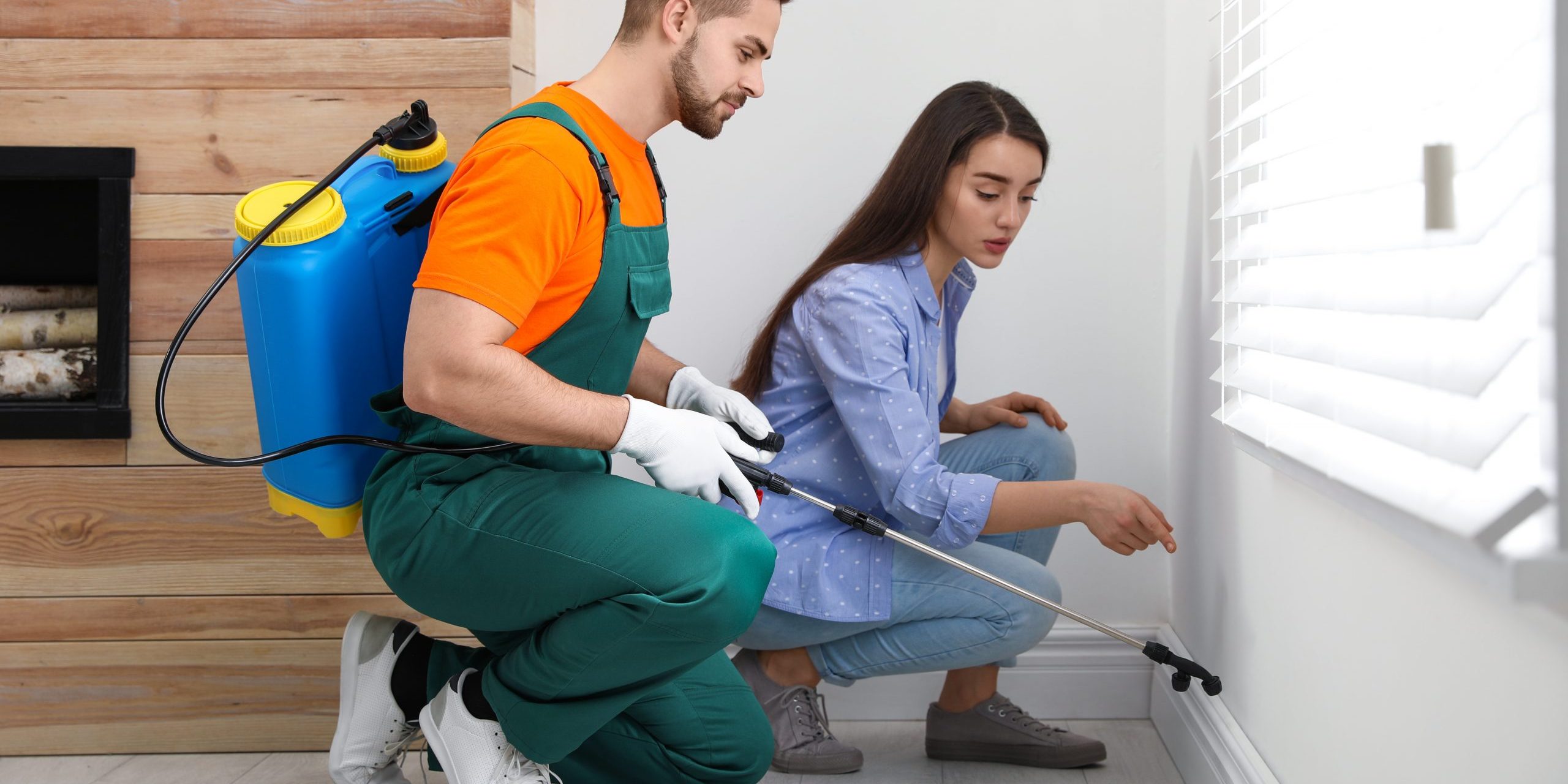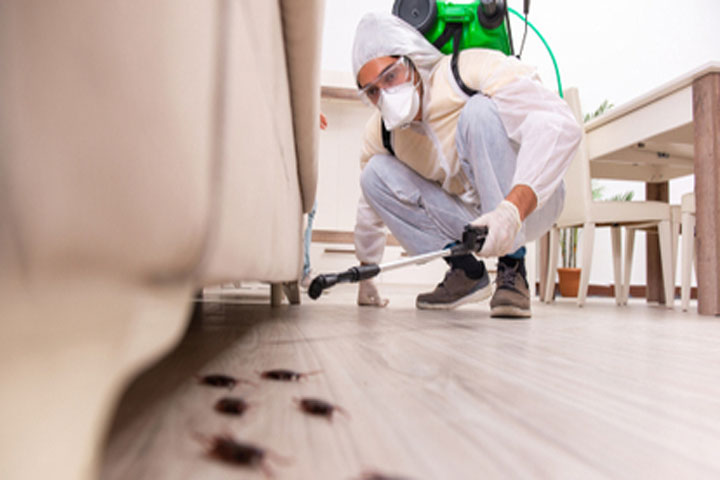Expert Insect Control Techniques for Long-Term Results
In the world of parasite control, achieving continual efficiency and long-lasting outcomes needs a meticulous approach that goes beyond simple elimination. Professional pest control strategies envelop a thorough approach that starts with a complete evaluation and assessment, followed by specific parasite identification to understand their behavior patterns. The execution of Integrated Bug Monitoring (IPM) concepts, paired with eco-conscious therapies, develops the keystone of sustainable bug elimination. Nonetheless, truth examination lies in the continuous surveillance and maintenance of the dealt with areas, making certain a pest-free setting for the direct future. By delving into the ins and outs of these strategies, a much deeper understanding of expert parasite control methods for enduring outcomes emerges.
Assessment and Analysis
Upon getting in a property for pest control services, the preliminary action is a complete assessment and analysis to determine the level of the invasion and figure out one of the most effective therapy strategy. Professional pest control service technicians are educated to carefully analyze the properties, searching for signs of bug task such as droppings, nibble marks, nests, or any type of structural damages. They will also analyze the conditions that might be attracting parasites, such as food sources, water leakages, or entrance points.

Pest Recognition and Actions

In addition, recognizing the habits of the recognized bug is vital to executing efficient control steps. Recognizing where bugs nest, what they feed on, and their task patterns can assist pest control professionals create approaches to remove them effectively.
Integrated Bug Administration (IPM)
Integrated Bug Monitoring (IPM) methods combine multiple techniques to manage and avoid pest infestations in a sustainable and eco-friendly manner. bed bug heat treatment. By integrating approaches such as biological control, habitat control, modification of cultural practices, and making use of immune varieties, IPM aims to lessen making my explanation use of chemical pesticides
One of the crucial principles of IPM is the emphasis on prevention. This aggressive technique involves view publisher site monitoring pest populations regularly to identify any type of prospective issues prior to they escalate. By determining bug issues early on, pest control measures can be executed swiftly and effectively.
Additionally, IPM promotes using safe insect control methods whenever possible. This can include employing all-natural killers of the insects, introducing beneficial bugs, or using pheromones to interrupt mating patterns. By reducing reliance on chemical pesticides, IPM not only protects the atmosphere but also aids preserve a balance in the environment.
Environmentally-Friendly Treatments
Executing eco-conscious approaches in insect control treatments can properly attend to infestations while prioritizing ecological sustainability. Environmentally-friendly treatments concentrate on decreasing the influence of insect control techniques on environments, non-target microorganisms, and human health and wellness.
Another secret aspect of environmentally-friendly treatments is making use of natural and biodegradable products that break down promptly without leaving damaging deposits in the setting. Herb pesticides stemmed from plants like chrysanthemums or neem supply efficient pest control while presenting marginal threat to non-target types. Furthermore, utilizing methods like heat treatments or pheromone traps can target specific pests with precision, reducing the overall ecological influence of insect control methods.
Continuous Tracking and Maintenance
Normal examinations by trained specialists are necessary to identify any type of indicators of bug task, official site evaluate the effectiveness of previous treatments, and make modifications to the pest control plan as needed. By monitoring parasite populations over time, pest control professionals can track trends, prepare for potential problems, and apply precautionary procedures to reduce the danger of future invasions.
Along with surveillance, maintenance methods are vital for lasting bug control success. This consists of executing correct hygiene measures to get rid of potential food and water sources for insects, securing off entrance indicate prevent parasites from going into the facilities, and attending to any kind of architectural problems that could assist in bug problems (bed bug treatment). By incorporating ongoing monitoring and maintenance into an integrated pest management strategy, companies can make sure a pest-free setting and protect their home versus costly damage and health risks
Verdict
To conclude, using professional parasite control methods such as extensive evaluation and evaluation, accurate parasite identification and understanding of their habits, incorporated bug administration techniques, environmentally-friendly treatments, and recurring surveillance and upkeep are crucial for attaining long-term lead to bug control. By carrying out these techniques, individuals can properly manage bug infestations and keep a pest-free setting in a lasting fashion.